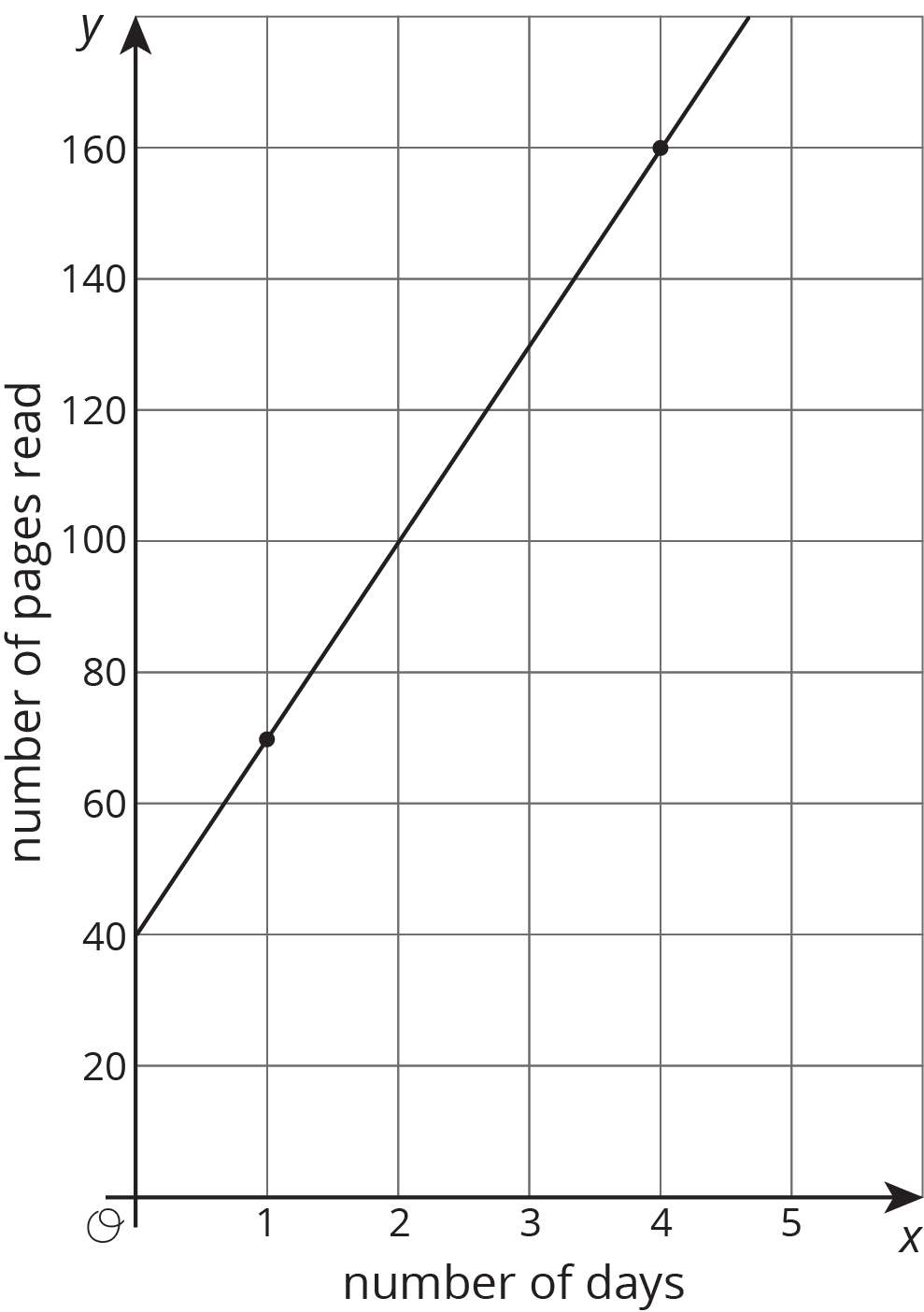Lesson 4
Introduction to Linear Relationships
Lesson Narrative
After revisiting examples of proportional relationships in the previous lessons, this lesson is the first of four lessons that moves from proportional relationships to linear relationships with positive rates of change. The two activities use a situation where the height of a stack of styrofoam cups is not proportional to the number of cups in the stack. Students use the same tools they learned to represent proportional relationships in this situation—graphs, tables, and equations. They see that each cup increases the height of the stack by the same amount (unit rate becomes rate of change) and that they can use this to answer questions about the height for an unknown number of cups. They investigate and describe similarities and differences between linear relationships and proportional relationships in this context. They make connections between the rate of change of the relationship and the slope of a line representing the relationship.
In this lesson, the focus is proportionality vs. linear relationships and rate of change. The meaning of the vertical intercept of the graph comes up briefly but will be revisited more fully in the next lesson.
The first two activities in this lesson use a particular type of cup. Photos are included of all measurements needed, so this lesson can be used without any additional preparation. However, if desired, the lesson could be modified so that students measure stacks of actual cups.
Learning Goals
Teacher Facing
- Compare and contrast (orally and in writing) proportional and non-proportional linear relationships.
- Interpret (orally and in writing) features of the graph (i.e., slope and $y$-intercept) of a non-proportional linear relationship.
Student Facing
Let’s explore some relationships between two variables.
Required Materials
Required Preparation
If students will use actual cups, gather cups and perform activities ahead of time so that you know measurements for your particular type of cup.
Learning Targets
Student Facing
- I can find the rate of change of a linear relationship by figuring out the slope of the line representing the relationship.
CCSS Standards
Glossary Entries
-
linear relationship
A linear relationship between two quantities means they are related like this: When one quantity changes by a certain amount, the other quantity always changes by a set amount. In a linear relationship, one quantity has a constant rate of change with respect to the other.
The relationship is called linear because its graph is a line.
The graph shows a relationship between number of days and number of pages read.
When the number of days increases by 2, the number of pages read always increases by 60. The rate of change is constant, 30 pages per day, so the relationship is linear.

Print Formatted Materials
For access, consult one of our IM Certified Partners.
Additional Resources
| Google Slides | For access, consult one of our IM Certified Partners. |
|
| PowerPoint Slides | For access, consult one of our IM Certified Partners. |